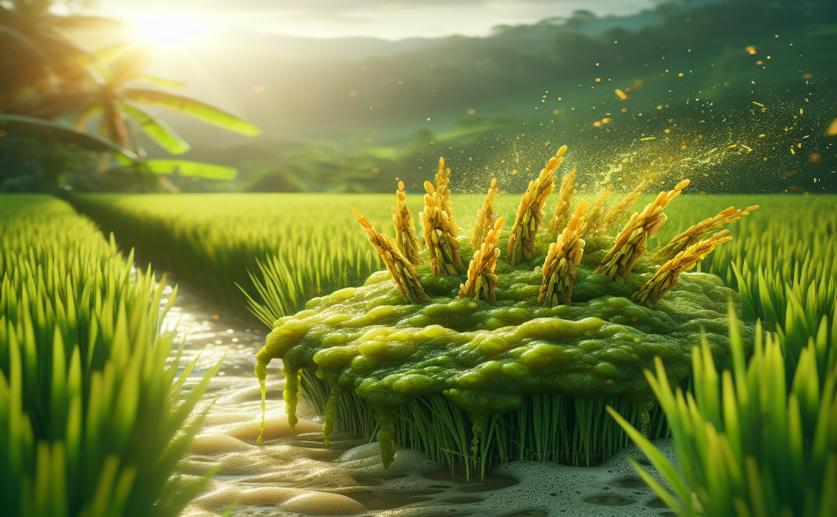
Boosting Rice Growth with Nutrients from Processed Sewage Sludge
Jenn Hoskins
2nd February, 2024

Image Source: Natural Science News, 2024
BiochemPlant ScienceAgriculture
References
Main Study
1) Sewage sludge-derived nutrients and biostimulants stimulate rice leaf photosynthesis and root metabolism to enhance carbohydrate, nitrogen and antioxidants accumulation.
Published 30th January, 2024
https://doi.org/10.1016/j.chemosphere.2024.141335



 25th January, 2024 | Jim Crocker
25th January, 2024 | Jim Crocker